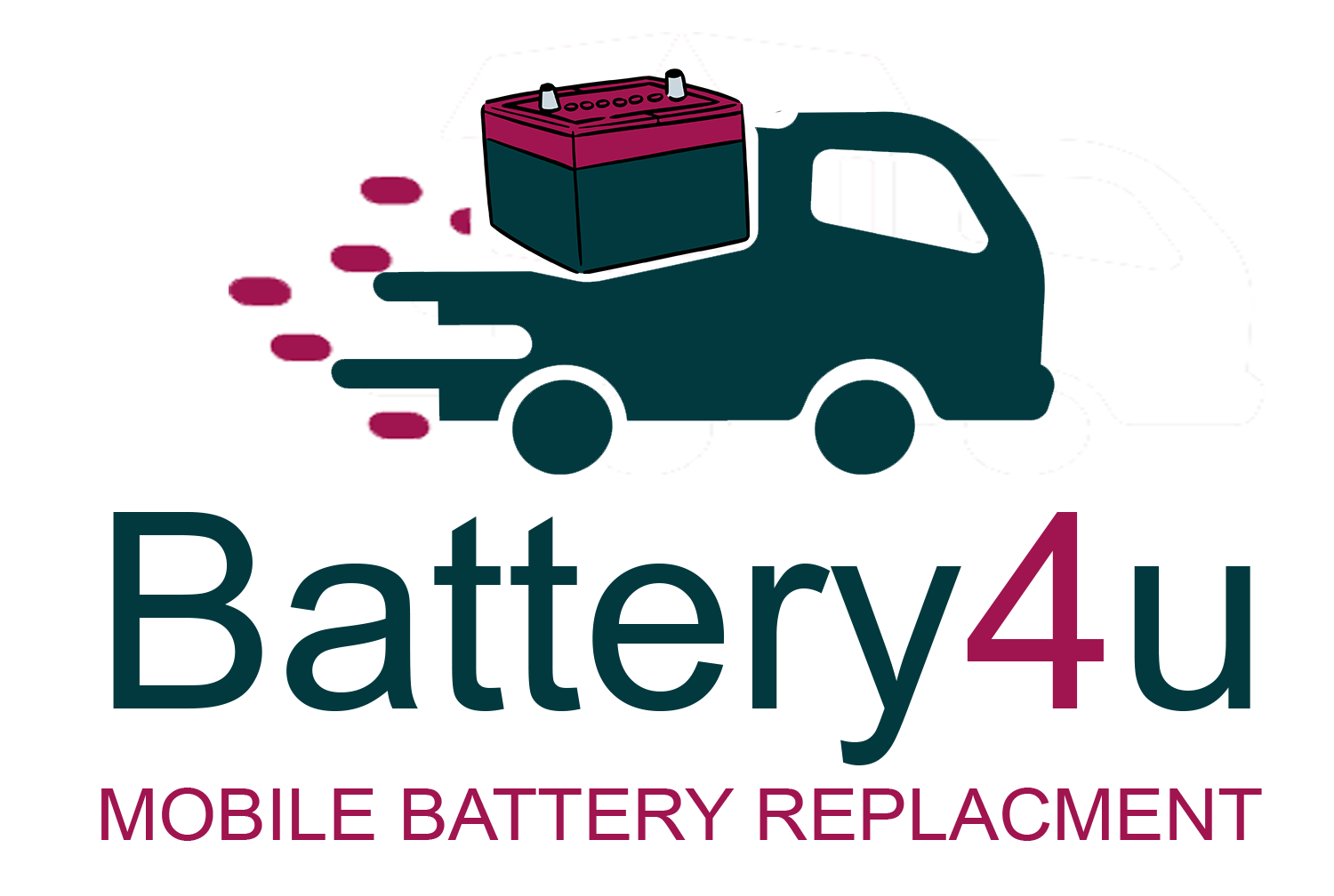Car batteries are the silent workhorses of our vehicles. They start our engines, power electronics, and keep everything running smoothly. But when a battery begins to fail or loses charge frequently, many vehicle owners start asking questions—like whether a trickle charger or a smart charger can bring it back to life. One common issue at the heart of battery degradation is sulfation—the formation of lead sulfate crystals on the battery plates.
So, can a trickle charger break down sulfation? Can an intelligent pulse repair charger help? And what’s the role of these devices in battery warranties? Let’s dive into all these questions and clear up the confusion once and for all.
Understanding Battery Sulfation
Sulfation occurs when a lead-acid battery is left in a discharged state for too long. During discharge, lead sulfate forms on the battery plates as a normal chemical process. When recharged promptly, this lead sulfate is converted back into active material.
However, when the battery remains discharged for extended periods, the lead sulfate hardens and crystallizes, sticking to the battery plates and reducing the battery’s ability to hold a charge. Over time, this process decreases the battery’s performance, and in severe cases, leads to permanent failure.
What Is a Trickle Charger?
A trickle charger is a low-amperage charger designed to slowly charge and maintain a battery over time. Unlike standard chargers that aim to recharge a battery quickly, trickle chargers deliver a continuous small current, typically between 1 and 2 amps, to keep a battery topped off.
Trickle chargers are often used for vehicles that sit idle for long periods—such as classic cars, boats, motorcycles, and seasonal equipment.
Can a Trickle Charger Break Down Sulfation?
No, a standard trickle charger cannot break down existing sulfation. It is not designed for that purpose. Its function is preventative, not corrective.
What it can do:
-
Keep a battery fully charged to prevent new sulfation from forming.
-
Maintain a battery over time during periods of non-use.
What it cannot do:
-
Reverse sulfation or repair damage caused by lead sulfate crystals.
-
Recover deeply discharged or heavily sulfated batteries.
If your goal is to restore a sulfated battery, you’ll need a different tool altogether: an intelligent pulse repair charger.
What Is an Intelligent Pulse Repair Charger?
An intelligent pulse repair charger, also known as a smart charger with desulfation mode, goes beyond simple charging. These chargers use advanced microprocessor technology to assess battery condition and apply specific charging profiles—including pulse desulfation.
Here’s how they work:
-
The charger detects internal battery resistance, voltage, and condition.
-
If sulfation is detected, it initiates a high-frequency pulse charge or controlled overvoltage cycle.
-
These electrical pulses are designed to break down the hardened sulfate crystals on the battery plates.
-
Once broken down, these crystals can be reconverted into usable chemical compounds during the normal charging process.
The process can take several hours to days, depending on the severity of sulfation and the charger’s design. Some smart chargers also offer a reconditioning or rejuvenation mode, which works well on older or weakened batteries.
Real-World Use: Warranty Testing by Battery Manufacturers
If you’ve ever submitted a battery under warranty, you might be surprised to learn what happens behind the scenes. One of the first steps a manufacturer or automotive workshop takes is to connect the battery to an intelligent pulse repair charger or a smart battery tester/charger.
Why?
Because many “dead” batteries are not actually defective—they’re simply deeply discharged or mildly sulfated due to infrequent use, faulty alternators, or parasitic drains. By putting the battery through a reconditioning cycle, the manufacturer can:
-
Replenish the charge.
-
Break down mild sulfation.
-
Determine if the battery is still within operational standards.
If the battery holds a charge and passes a load test after reconditioning, the warranty claim is denied. Only if the battery fails to recover after a full smart charging cycle will it be considered for replacement under warranty.
This standard procedure underscores just how powerful these chargers are—not just for home use, but also as an essential diagnostic tool in professional settings.
Clarifying a Common Misunderstanding: The Role of the Alternator
A lot of people believe that once they start their car, the alternator or car’s charging system will fully recharge the battery and even reverse any damage. This belief, unfortunately, is incorrect.
The alternator does recharge the battery while driving, it is however only effective at maintaining a healthy battery, not restoring a damaged or sulfated one. In fact, forcing a severely discharged or sulfated battery to charge through the alternator can stress the alternator and lead to premature failure.
When Should You Use an Intelligent Pulse Repair Charger?
If you have a vehicle that:
-
Sits idle for extended periods,
-
Has trouble starting frequently,
-
Has an older battery showing signs of weakness,
-
Or if you’re preparing to test or claim a battery under warranty,
…then an intelligent pulse repair charger is an excellent investment. These devices are often surprisingly affordable and can pay for themselves by extending the life of your batteries or saving you the cost of unnecessary replacements.
Final Thoughts: Prevention Is Better Than Cure
While a trickle charger can help prevent sulfation by keeping your battery fully charged, it can’t reverse the damage once it’s set in. That’s where an intelligent pulse repair charger steps in, using advanced charging profiles and desulfation pulses to restore lost capacity—at least partially.
Moreover, the fact that battery manufacturers rely on these chargers for diagnostic testing shows just how effective they are in real-world applications. If you’re serious about battery care—whether for your car, motorcycle, boat, or RV—adding a smart charger with repair functionality to your toolkit is a no-brainer.
And let’s not forget: when it comes to batteries, waiting too long often means it’s too late. So don’t wait until your car won’t start—charge smart, not just slow.

